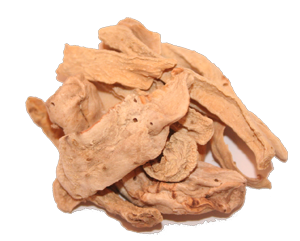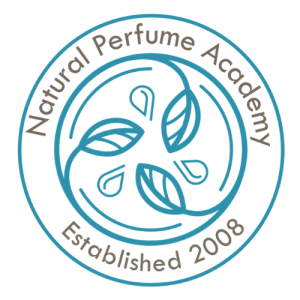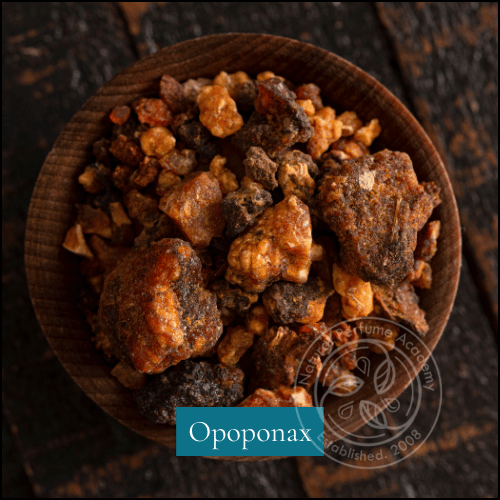Natural Perfume Academy Main Glossary

Welcome to the Natural Perfumery Glossary
The Natural Perfumery Glossary is a comprehensive public resource designed for all natural perfumers, whether you're a seasoned professional or just beginning your journey. This glossary serves as an educational tool, offering detailed definitions and insights into a wide range of natural perfume materials and terms.
Our entries cover various aspects crucial to the art and science of natural perfumery, including:
- Description and Characteristics: Detailed profiles of natural ingredients, including their origins, extraction methods, and unique olfactory qualities.
- Blending Suggestions: Insights into what other materials a particular ingredient pairs well with, helping you create harmonious and well-rounded compositions.
- Usage and Applications: Practical advice on how to incorporate each ingredient into your perfume creations.
- Safety and Regulatory Issues: Important information on the safe use of materials, including any relevant regulatory considerations.
At the Natural Perfume Academy, we are committed to fostering a deep understanding of natural perfumery through education and certification. Our glossary is a testament to this commitment, providing a valuable reference to support your ongoing learning and mastery of natural perfume making. Explore the glossary to enhance your knowledge and craft exquisite, all-natural fragrances with confidence.
Special | A | B | C | D | E | F | G | H | I | J | K | L | M | N | O | P | Q | R | S | T | U | V | W | X | Y | Z | ALL
O |
|---|
Olfactoryrelating to the sense of smell | ||
Opoponax
Commiphora erythraea Description: Forms of Use in Natural Perfumery:
Note Family: Balsamic, Resinous, Woody, Oriental Blends Well With:
These combinations yield deep, sensual fragrances with a warm, smoky, and meditative core. Extraction Method:
Unique Characteristics:
| ||
Organsystem of storing bottles of perfume making materials typified by stepped shelving | ||
Orientaltypified by amber notes and spice | ||
Orris Iris florentina, Iris pallida, Iris germanica Common Names: Orris Root, Orris Butter, Beurre d’Iris, Orris Absolute Description: Types of Orris Extracts
Descriptive Language CategoriesNote Family: Floral, Powdery, Woody, Balsamic Texture: Silky, creamy, buttery, powder-dry Emotion: Elegant, nostalgic, calming, luxurious Analogy: A velvet glove, vintage lipstick case, sunlit dressing table Uses in Perfumery:
Extraction Methods:
Unique Characteristics:
Tags: orris, iris, beurre d’iris, alpha-irones, iris pallida, violet note, powdery floral | ||
Otto results of steam-distilled rose petals, particularly Bulgarian and Turkish rose | ||


